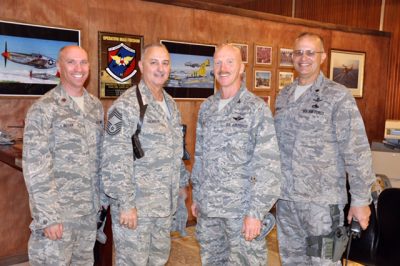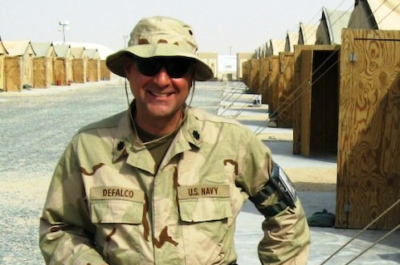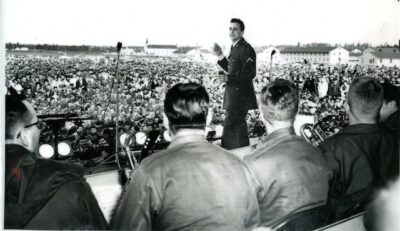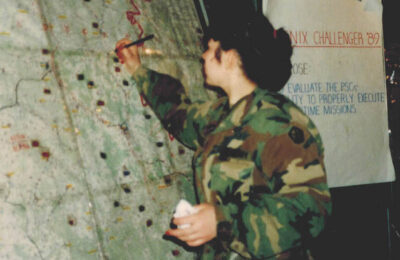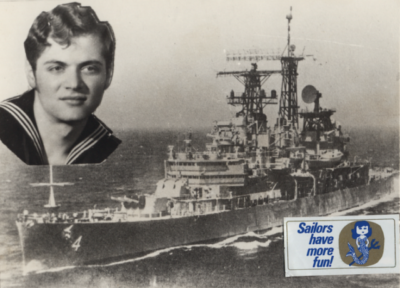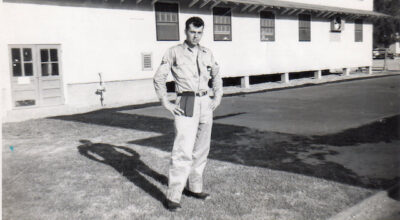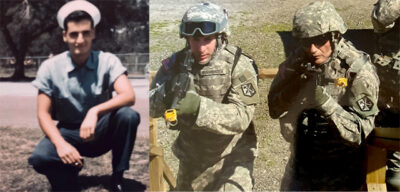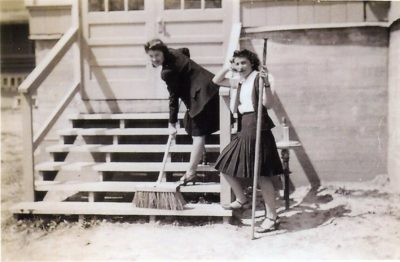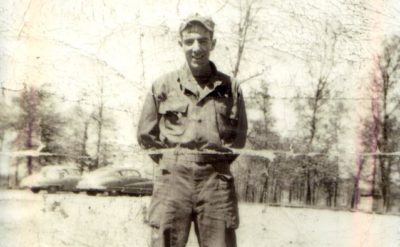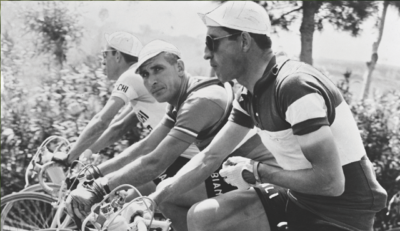A member of the Air Force and Air National Guard for 40 years, Victor Guerrieri was responsible for all communications on base and in the field of battle during a nine-month deployment to Iraq in 2010. The second of six children, Victor Guerrieri was born in Chicago to Carmen and Rita (Mariano.) The family lived in his maternal grandparents’ building […]
Read More
Fueled by a lifelong passion for education, Ralph L. DeFalco III enjoyed a stellar 25-year career in Naval Intelligence that took him from the Midwest to the Middle East and our nation’s capital. The eldest of five children, Ralph L. DeFalco III was born in Connecticut to Mary Ann Mueller and Ralph L. DeFalco Jr. The family moved to Chicago […]
Read More
A popular singer, comedian, impressionist and songwriter, Frank Pisani took his act to the next level while serving in the Army Reserves. One of four children, Frank Pisani was born in Chicago to Francesco and Lucia DeCarolis Pisani. His parents emigrated from the province of Potenza in Italy and settled in the Grand and Western neighborhood known as “The Patch.” […]
Read More
Born and raised in Italy, Cosima Risolvo joined the U.S. Army in search of adventure. Her travels took her throughout Europe and included an extended stay in the town of her birth. One of five children, Cosima Risolvo was born in Taranto, Italy, to Giuseppe and Maria Buda Risolvo. Her maternal grandparents were from Sicily and Bari, and her paternal […]
Read More
Fascinated by America during his youth in Italy, Leonardo Aiello served both nations admirably during a three-year stint in the U.S. Navy. One of four children, Leonardo Aiello was born in Bagheria, Sicily, to Angelo and Angela Buttitta Aiello. He grew up near grandparents, aunts, uncles and cousins on both sides of the family. Among his favorite meals were two […]
Read More
As a radio intercept operator during the Korean War, Paul Greico and his team worked around the clock to snatch top-secret Chinese transmissions from the airwaves and pass them along for decryption. The middle of three children, Paul Greico was born in Chicago to Dominic and Carmella Rosso Greico. The family lived at 718 S. Aberdeen St. Greico’s paternal grandfather […]
Read More
After serving in the Navy for 16 years, mainly in intelligence, John Cervone signed on with the Army, spending another 14 years, principally in communications. he oldest of three sons, John Cervone was born in Jamaica Heights, a neighborhood in Queens, New York, to Giachino and Benita Russo Cervone. Cervone’s mother was born in Naples, as were his father’s parents. […]
Read More
If you know anything about World War II, I’m sure you’ve heard of the Women’s Army Corps (WACs), Women Accepted for Volunteer Emergency Service (WAVEs), Women’s Airforce Service Pilots (WASPs), Marine Corps Women’s Reserve, Coast Guard Women’s Reserve (SPARs), Army Nurse Corps and Navy Nurse Corps. Then there were all the other women who did their part in their own […]
Read More
Don’t let the sedate job title fool you. As a combat engineer on the front lines of the Korean War, Joseph Fabiani was constantly under fire. One of five children, Joseph Fabiani was born in 1929 in Donora, Pennsylvania, to Nazzarino and Laura Settimi Fabiani, and grew up with aunts and uncles living in the area. His parents emigrated from […]
Read More
One of history’s greatest cyclists, Gino Bartali went above and beyond the call of duty during World War II on behalf of Italy’s Jewish citizens. Life has peaks and valleys, happiness and sadness, good and evil. In the course of a storied career, Italian cycling legend Gino Bartali pedaled through countless highs and lows, both physical and emotional, battling more […]
Read More
